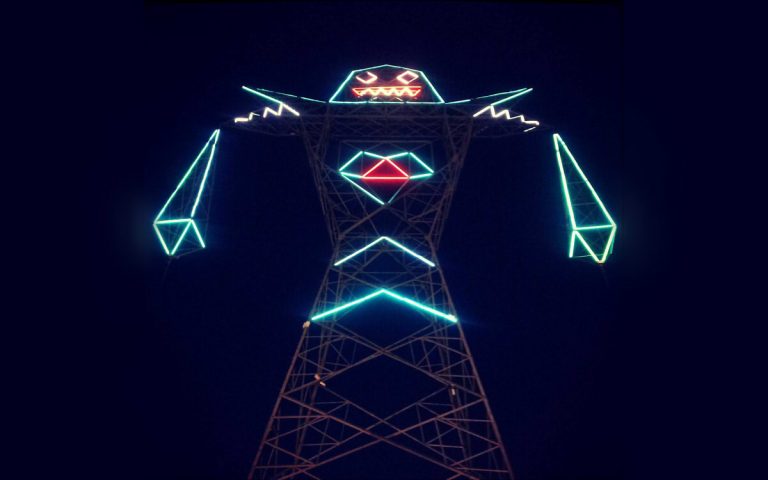There are different forms of electrical towers designed to support and transport high voltage lines in different types of terrain and climatic conditions.. In addition to the most common geometric shaped towers such as lattice towers, delta type and beam type, there are also many electrical towers with strange shapes.
The Land of the Giants, Iceland
The land of giants is a design concept that transforms traditional electric pillars into monumental and iconic figures in the Icelandic landscape. These figure-pillars can be configured to respond to their environment, creating a sense of place and a rich variety of expressions. The design uses the same main assembled parts and pre-assembled joints.. This allows for many variations in shape and height at an economical cost.. The Land of the Giants has won many awards and has been widely recognized in international media and exhibitions..
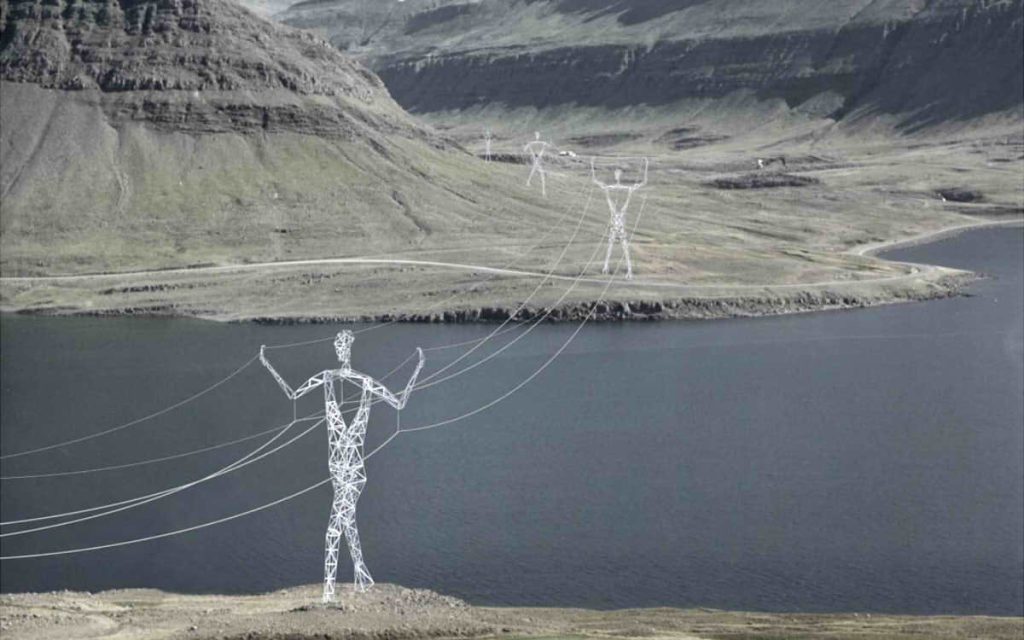
Mickey Pylon, Florida, EU.
The Mickey Pylon is a famous electric pillar of 32 meters high located in Celebration, Florida, right outside the Walt Disney World Resort. Shaped like the iconic Disney character, Mickey Mouse, It is used to feed the nearby substations with two circuits of 230 kV. The structure consists of a tubular post, circular and elliptical rings, and is illuminated at night with fiber optic cables. was completed on 15 february 1996 and since then it has become a well-known reference point in the area.
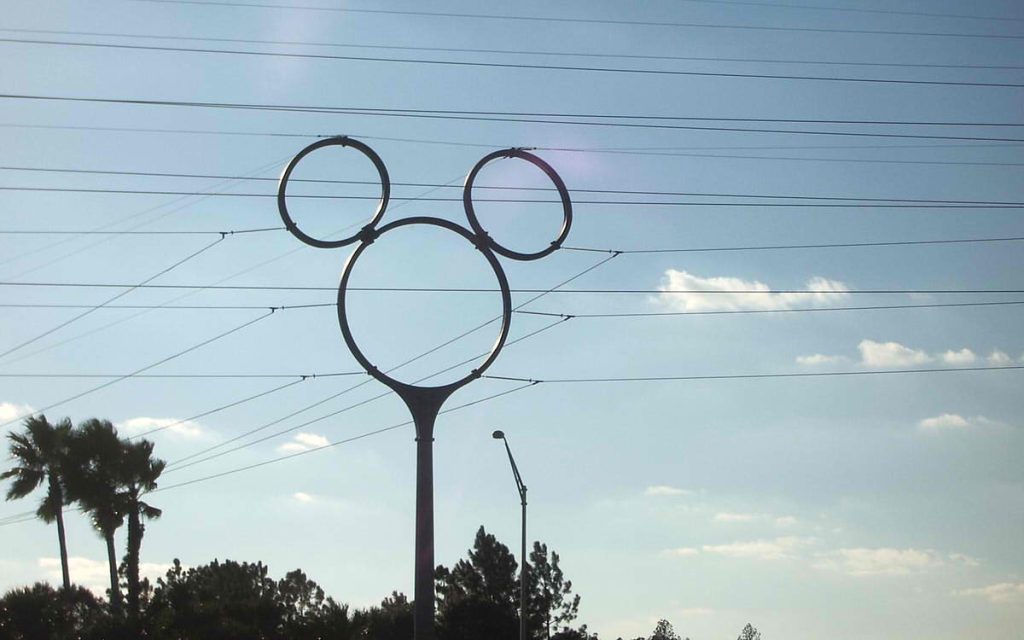
Colossus, Buenos Aires, Argentina
Colossus is an imposing robotic structure located in the city of Buenos Aires, Argentina, which serves as a power tower. It is created by the artistic collective DOMA in 2012 for the Technopolis art and design event. The wire frame construction of Colossus measures almost 150 feet tall and is adorned with neon lights that give it the ability to express various moods, including smiles and winks. Despite its imposing appearance, Colossus does not mean to be threatening and is considered one of the best electrical towers ever created..
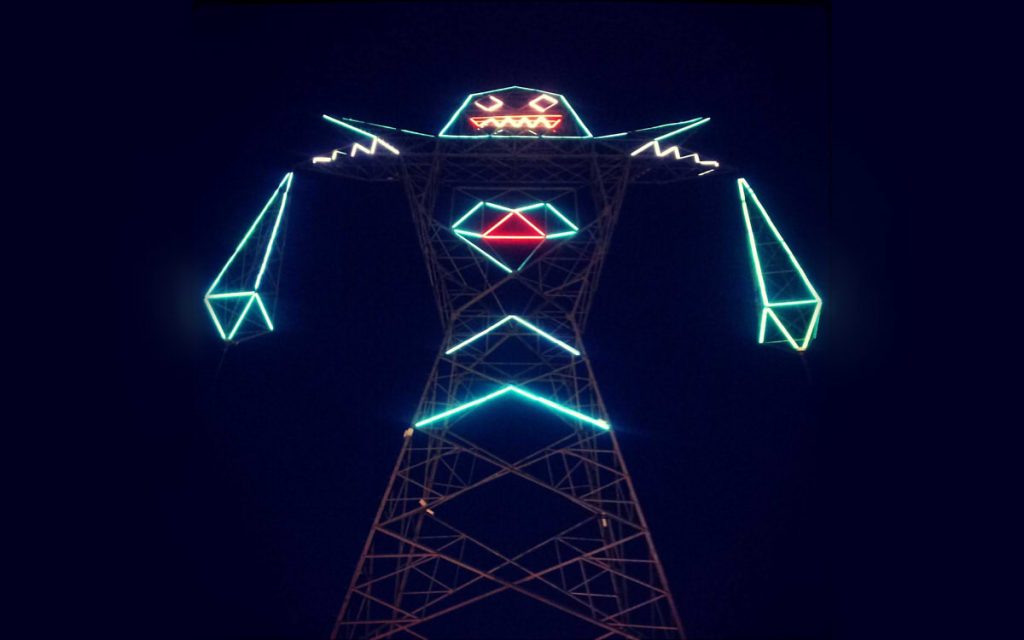
Zabivaka for the FIFA World Cup, Russia
in june 2018, in the Kaliningrad region, Russia, an electrical tower 38 meters high was designed in the shape of the mascot of the FIFA World Cup 2018, Zabivaka, to welcome the arrival of the event. The structure of the Zabivaka electric pole has a height of approximately 12 floors of a building and is located at a distance from the ground of 37 metros. The design of the steel structure of 64 tons uses almost two thousand components and a total of 3.500 bolts and nuts. Currently, you can still see this electricity pylon when you enter the Kaliningrad highway from the coastal area.
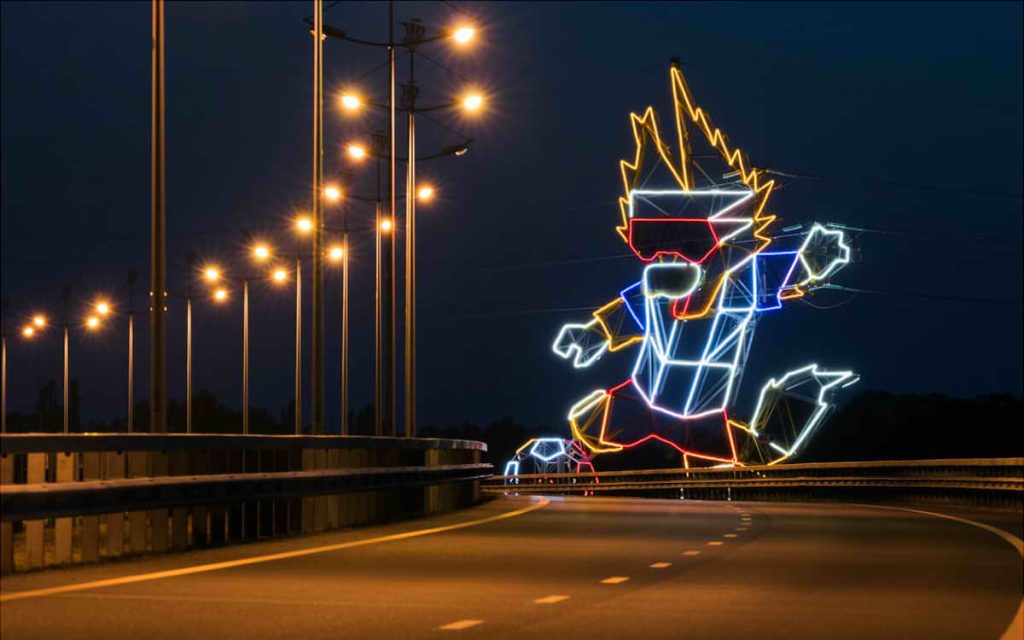
Bog Fox, Cross, Estonia
Bog Fox is a distinctive corner power pillar that rises to 45 meters high, located near the Risti district in the Marimetsa-Õmma Nature Reserve in Estonia. It is part of the third Electric connection Estonia-Latvia and represents a refined approach to pillar design. The branched shape of the pillar is unique from each side and its design was based on simplicity, using digital tools and integrated design methods. The Bog Fox weighs more than 30 tons and is structurally more efficient than a regular truss column, with a useful life of about 50 years. The weather-resistant steel structure is maintenance-free and has become a notable landmark at the Risti intersection.
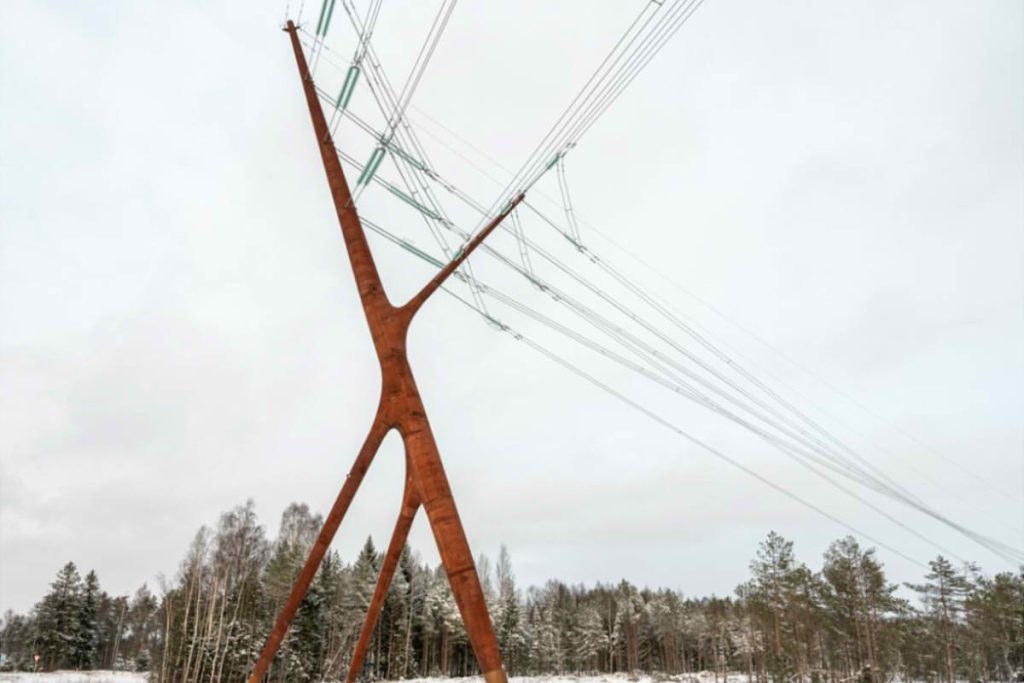
Sheep Horns Electric Towers, Tibet, China
The Ali region of Tibet is located in the scenic area of Mount Kailash and Mount Everest. Local engineers chose to design the steel tower with the representative animals of the region, the Gangba sheep and the white fleece goat, to integrate the electrical towers with the local natural landscape. Total, throughout the project there 108 sheep towers 220 kV y 35 goat towers 500 kV. They provide safe and reliable electrical power for the life of 380,000 Tibetan farmers and herdsmen.
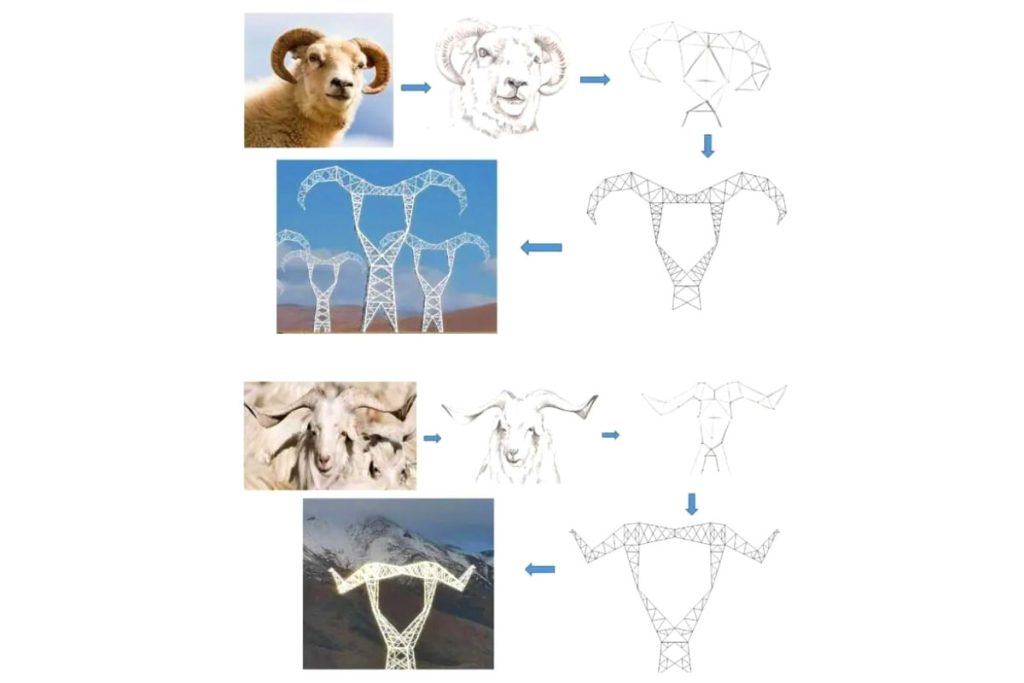
Resume
In summary, in the design of irregularly shaped power towers it is important to take into account factors such as load and resistance, the materials, the shape, accessibility, the cost, the rules and regulations, and the environmental impact. Precise calculations and tests are necessary to ensure the safety and efficiency of the structure. On this base, the imagination is used to design and build new towers for electrical high voltage cables with regional characteristics.

